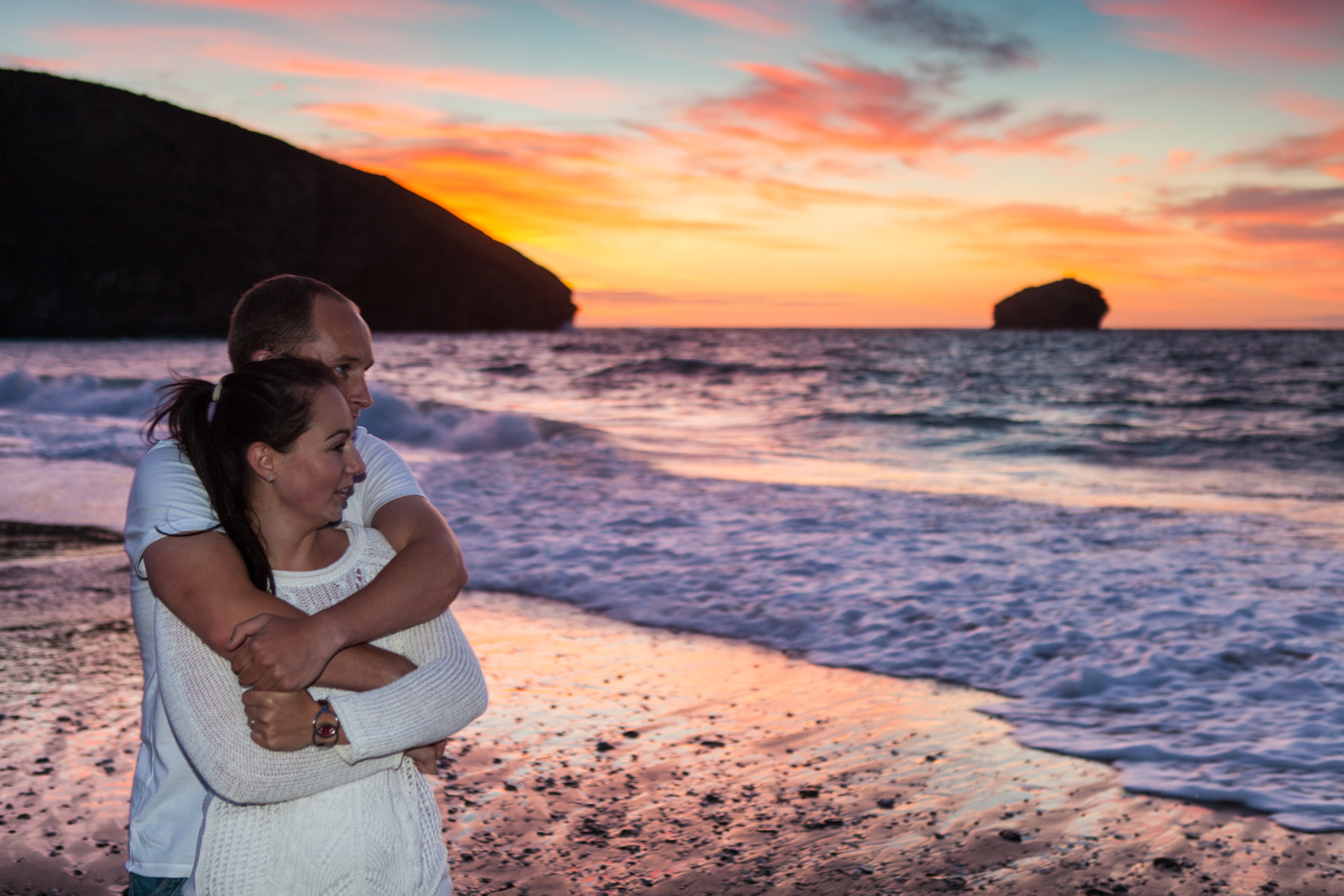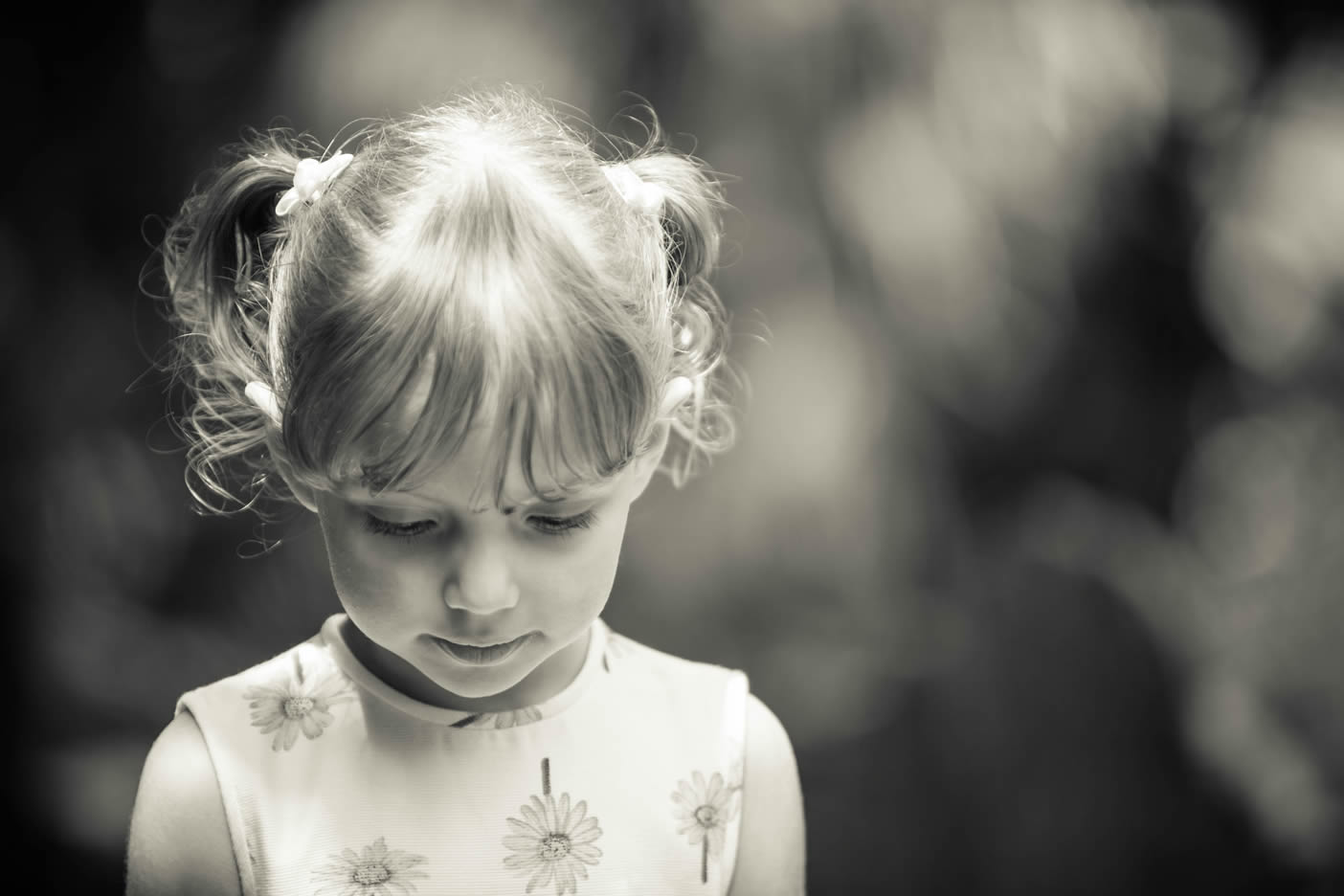Natural light is one of the most powerful and versatile tools for photographers. It can create beautiful effects, enhance the mood and atmosphere of a scene, and reveal the personality and emotions of your subject. However, natural light can also be challenging to work with, especially if you don’t know how to use it to your advantage. In this blog post, we will share some tips and tricks on how to take stunning portraits with natural light, whether you are shooting indoors or outdoors.


- Choose the right time of day
The quality and direction of natural light can vary depending on the time of day and the weather conditions. Generally speaking, the best times to shoot portraits with natural light are during the golden hour (the hour after sunrise or before sunset) and the blue hour (the hour before sunrise or after sunset). These are the times when the sun is low in the sky and produces soft, warm, and flattering light that enhances skin tones and creates long shadows. Avoid shooting during midday when the sun is high and harsh, as it can cause harsh shadows, blown-out highlights, and squinting eyes.
- Find a good location
The location you choose for your portrait session can have a big impact on the outcome of your photos. Look for a place that has a variety of natural light sources, such as windows, doors, skylights, or trees. These can help you create different effects and moods in your portraits, such as backlighting, side lighting, or rim lighting. You can also use reflectors, diffusers, or curtains to modify the natural light and make it softer or more directional. Avoid locations that have mixed lighting sources, such as artificial lights or neon signs, as they can create colour casts and inconsistencies in your photos.


- Use a suitable camera settings
To capture the best portraits with natural light, you need to use the right camera settings for your situation. Here are some general guidelines to follow:
– Aperture: Use a wide aperture (such as f/2.8 or f/4) to create a shallow depth of field and blur the background. This can help you isolate your subject from the surroundings and make them stand out.
– Shutter speed: Use a fast shutter speed (such as 1/250s or 1/500s) to freeze any movement and avoid motion blur. This is especially important if you are shooting outdoors in windy conditions or if your subject is moving.
– ISO: Use a low ISO (such as 100 or 200) to minimize noise and grain in your photos. However, if you are shooting in low-light situations, you may need to increase your ISO (such as 800 or 1600) to get a proper exposure.
– White balance: Use a custom white balance or a preset that matches the colour temperature of the natural light source. This can help you avoid unwanted colour casts and achieve accurate colours in your photos.
- Pose your subject
The way you pose your subject can make a big difference in how they look and feel in your portraits. Here are some tips on how to pose your subject with natural light:
– Face the light: Have your subject face the main light source or slightly turn their head towards it. This can create catchlights in their eyes and highlight their facial features.
– Use angles: Have your subject tilt their head, shoulders, or hips slightly to create more dynamic and flattering angles. Avoid having them face the camera straight on, as this can make them look flat and stiff.
– Express emotions: Have your subject smile, laugh, or show some emotion in their portraits. This can make them look more natural and authentic. You can also use props, accessories, or interactions with other people or objects to elicit emotions from your subject.
– Experiment: Don’t be afraid to try different poses and perspectives with your subject. You can have them sit, stand, walk, jump, or lie down. You can also shoot from different angles and distances to create more variety and interest in your portraits.


- Edit your photos.
The final step in taking stunning portraits with natural light is editing your photos. Editing can enhance the natural light you captured and correct any flaws or imperfections in your images. You can use various software or apps to edit your photos according to your style and preference. Some of the basic editing tools you can use are cropping, straightening, adjusting exposure, contrast, white balance, saturation, sharpness and noise reduction.
In Conclusion
These are some of the tips and tricks on how to take stunning portraits with natural light. I hope you found them useful and inspiring. Remember that natural light is a beautiful and versatile tool that you can use to create amazing portraits with any camera and any subject. Have fun and happy shooting!

